Streacom's FC10 and Nano150: Building a Fanless Ivy Bridge HTPC
by Ganesh T S on December 22, 2012 3:30 AM EST- Posted in
- HTPC
- Fanless
- Ivy Bridge
Thermal Performance
Evaluation of the thermal performance of passive systems is absolutely essential because it is quite common for improperly designed thermal solutions to not prevent processors from reaching their maximum permissible junction temperature. Once this temperature is reached, thermal throttling is activated. The processor first reacts by lowering its operating frequency. If the cooling solution is bad, it might even result in the processor shutting itself down.
The Streacom OEM solution used in the Aleutia Relia wasn't very effective (though Streacom refused to comment on those results). However, their previous chassis / cooling solutions had always been effective in operation, and we weren't unduly worried about the FC10 with respect to this aspect. That said, we did carry out the same experiments performed with the Aleutia Relia, but restricted ourselves to room temperature (72 F = 22 C) tests only.
Our loading test consists of running Prime 95 in maximum power consumption mode along with Furmark in Stability Test mode. Instead of running the test for 20 minutes, we subjected the unit to 12 hours of stress continuously.
Power consumed at the wall was recorded for the first 90 minutes or so (and we found that it settled down to around 72 W beyond that). Unlike the Relia where thermal throttling was activated and resulted in power consumption at the wall going down after some time, we find that there is no thermal throttling at play in this system. The load and CPU frequencies were presented in the Relia review, but we won't present them here since the load stayed at 100% and the frequency of the cores was always at 3.3 GHz throughout the course of the stress test.
The CPU core temperatures are presented in the graphs above. Interestingly, the second core was always a couple of degrees cooler than the first core. The maximum junction temperature of the Core i3-3225 is 105 C, and the FC10 cooling mechanism was able to keep it at a safe temperature.
Another interesting aspect is how fast the unit is able to get back to the idle temperature after removal of the processor load. The graph below shows that the unit gets back to the idling temperature within 90 minutes.
We conclude this section with a thermal profile of the case and the heat sink when the unit is being subjected to full load using Prime 95 and Furmark. All the temperatures are in Farenheit.
The temperature on the lower CPU mount noted above was actually on top of the FC10 upper CPU mount (Intel-type). All these values were recorded with the unit being kept in a still room with plenty of open space around it.




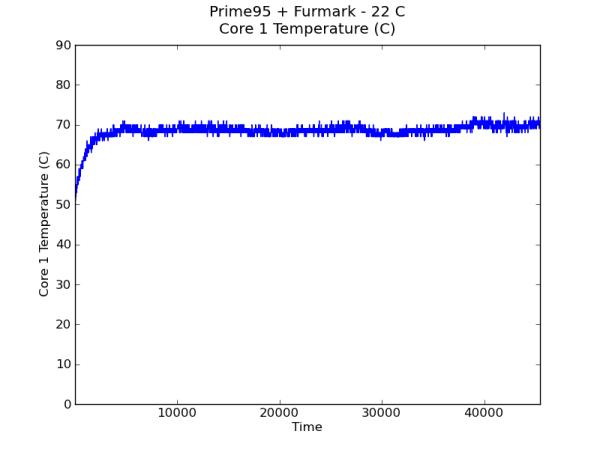
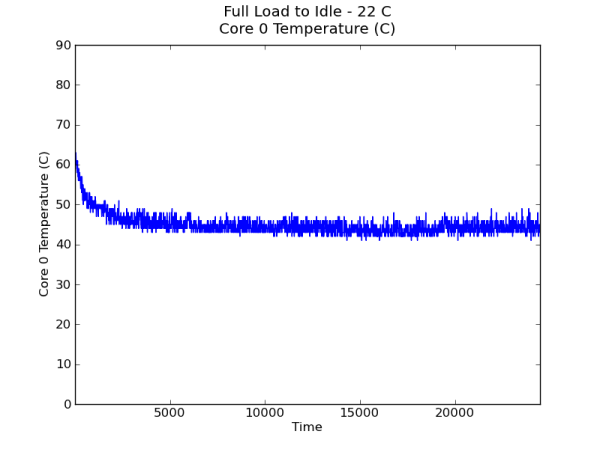
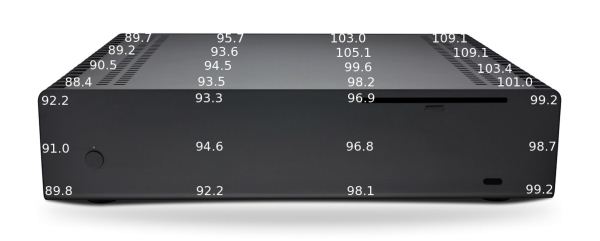
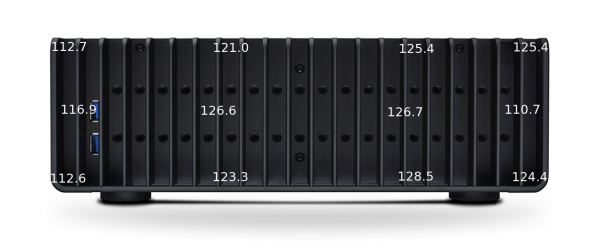

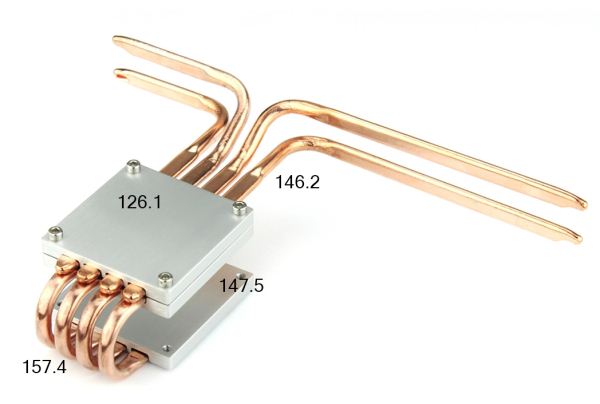








63 Comments
View All Comments
Hardcore69 - Saturday, December 22, 2012 - link
I built myself an Antec ISK HTPC, then promptly replaced with a WD Live Gen 3 less than 3 months later, which plays back 99% of whatever else you need played back. No mess and no fuss. The reason companies barely focus on anything HTPC is that it is only for the hardest of the hardcore geeks and also completely unnecessary.Death666Angel - Saturday, December 22, 2012 - link
So, your WD Live Gen 3 plays games as well? Great, hit me a link and I'll buy one!Gigaplex - Sunday, December 23, 2012 - link
You want a media player that does games too? Try a console like a PS3.Sivar - Tuesday, January 1, 2013 - link
PS3s and X-Boxes are nearly useless as media players because they don't play MKV files.The formats the consoles do play do not support subtitles so those subtitles need to be stored as a completely separate file, kept in the same folder as the video file, and make a bit of a mess. Lack of MKV support is an instant cross-off when even $40 Android-based media players support it.
Cardio - Saturday, December 22, 2012 - link
Even with the discount from the MSRP of $430. If you add some necessary add-on's the price is $511.50 + shipping. That is really absurd as far as I am concerned. The size is also just too large for somethiing you intended to use as an mini ITX HTPC or even a mATX. What is the attraction here? Silent is just not that hard to achieve. Cooling doesn't have to be passive either. Have made a number of HTPC's that are inaudable and run much cooler that this thing.ganeshts - Saturday, December 22, 2012 - link
It is all a matter of perspective and styling. What is silent to me and you needn't be silent to someone with very sensitive ears. The size of the FC10 is no different from any other A/V component in the rack (say, an AV receiver)colonelciller - Sunday, December 23, 2012 - link
I agree completely on the case size... there is a new case in the pipeline from Streacom that is way smaller while still being passively cooled. I'm waiting on that one :)Aikouka - Sunday, December 23, 2012 - link
Streacom already has a smaller and silent case called the FC8 Evo. I know because I own one! ;)bse8128 - Saturday, December 22, 2012 - link
Could you please add a version of the image with temperature in Celsius which at least 90% of the world population uses? Thanks!ganeshts - Saturday, December 22, 2012 - link
Sure, will do that in the second part of the series.